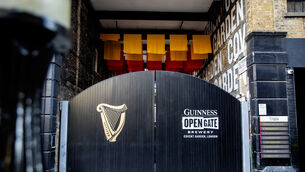Study aims to boost veal sales
At present, these two livestock categories are proving more profitable for Irish farmers. By contrast, farmers in Britain are enjoying more favourable returns from eight-month and 12-month breeding systems, though these returns are coming from calves fetching €100 or more per head.
Gauging the optimum moment for veal sales will be critical in Ireland’s bid to produce more beef from dairy offspring. Farmers have been enjoying steady returns from live exports of weanlings, and they will be watching these Dawn and Teagasc trials with interest, notably on the profit balance between early live exports and rearing animals for processing in Ireland.
















